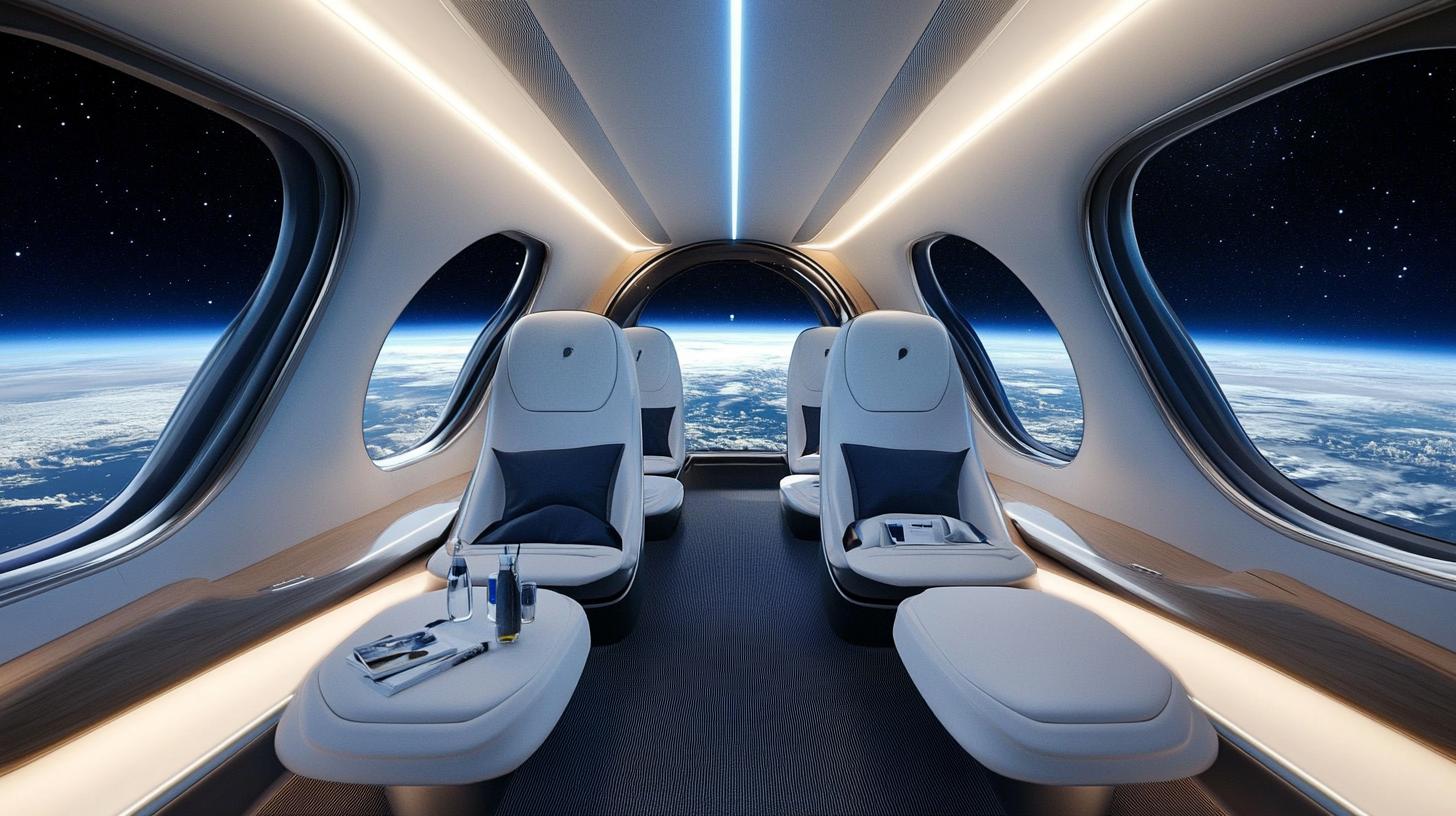Imagine traveling from New York to Tokyo in the time it takes to watch a TV show. Elon Musk is making this astonishing idea more than just a dream with his cutting-edge Earth to Earth transportation concept. Using SpaceX’s Starship rockets, this futuristic travel plan aims to revolutionize how we move around the planet by enabling ultra-fast, point-to-point journeys.
Musk’s vision for SpaceX was first introduced nearly a decade ago, but it is now gaining fresh momentum. The ambitious project involves the use of massive Starship rockets. These powerful vessels could whisk nearly 1,000 passengers from one destination to another faster than traditional airliners could complete a single segment of their journey.
The spacecraft is designed to launch vertically and momentarily enter space, traveling at a breathtaking speed of Mach 20—that’s over 15,000 mph. By launching from sea platforms to mitigate noise and safety concerns, these journeys promise a unique travel experience.
Such innovation could render cross-continental travel practical and ridiculously quick. For instance, a trip from Los Angeles to Shanghai might only take about 30 minutes, fundamentally transforming international business and tourism.
Although the idea is still in a conceptual phase, Musk’s continued focus on breaking boundaries in space travel makes the viability of this project ever more credible. While SpaceX prioritizes trips to the Moon and Mars, the return of ambitious projects like Earth to Earth might not be too far behind. This new wave of global travel could arrive sooner than we think, taking intercontinental journeys to the next level.
The Race to Instant Global Travel: What You Haven’t Heard About Elon Musk’s Vision
In a world captivated by visionary technology, Elon Musk’s concept of Earth to Earth travel via SpaceX’s Starship rockets is gaining phenomenal traction. Though much of the buzz surrounds the blistering speed and the innovative design, there are parts of this astonishing idea and its potential impact on humanity that warrant more attention.
Game-changer for Connectivity
Imagine shrinking the vastness of the Earth, where continents are mere suburbs connected by a gigantic, high-speed celestial metro. This vision promises to redefine not only travel but global connectivity itself. Businesses once hamstrung by time zones and travel durations could operate seamlessly across borders. The ripple effect on global commerce, culture, and collaboration could be profound.
Technological Mileposts and Hurdles
Traveling at Mach 20, or over 15,000 mph, isn’t simply about speed; it’s a marvel of engineering. However, the technology to achieve this must overcome significant challenges. For instance, reusable rockets that consistently endure the stresses of takeoff, space travel, and landing need further refinement. The regulation of space traffic and the potential environmental impact of frequent rocket launches remain controversial topics.
Pros and Cons: What’s the Catch?
Would this new form of travel democratize or polarize? If successful, it can drastically cut travel time, making long-distance journeys effortless and quickly adaptable to our fast-paced lives. However, the luxury of such speed will come at a steep cost. Initially, ticket prices will likely be prohibitive, possibly widening the gap between affluent travelers and the rest. Safety is another concern; can rocket travel ever be as safe as flight? What contingencies exist for emergencies thousands of miles from alternative landing sites?
Impact on Future Technologies
The technologies arising from developing such high-speed travel could benefit other fields. Enhanced propulsion systems, improved materials for heat resistance and durability, and advanced algorithms for navigation could influence areas from aviation to infrastructure.
What’s Next?
While the Earth’s immediate travel revolution is not yet at hand, the groundwork being laid now carries various implications for humanity. Will we ultimately reach a point where “waiting at the airport” seems as antiquated as waiting for a telegram? Time will tell, but the journey there promises to be as exciting as the destination.
For more on SpaceX and its groundbreaking projects, visit SpaceX. Interested in the broader implications of such technologies? Explore more on Nasa, where space exploration frequently leads to Earth-bound innovations.
Musk’s dream tantalizes with both allure and obstacle. Can we imagine a future where Earth’s travel is as simple and rapid as a phone call? Let’s strap in for the ride and see how high humanity can soar.
https://youtube.com/watch?v=DVArTOYJfso







